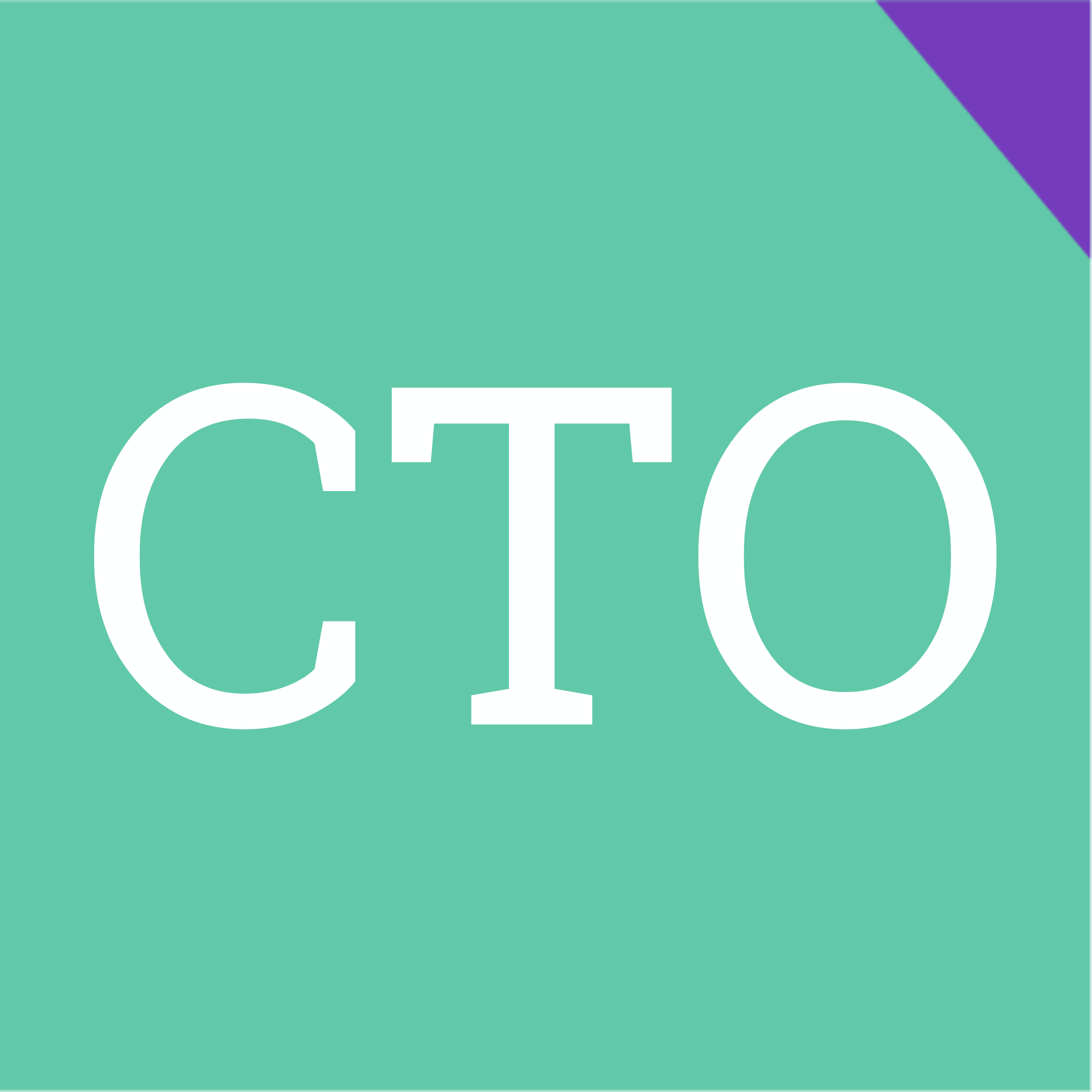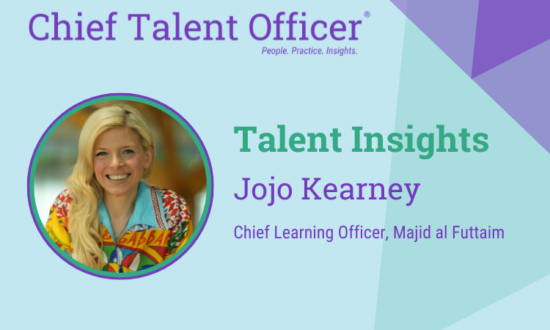- The time required to create competency models.
- Lack of internal bandwidth and/or knowledge.
- Rapid change/job evolution means competency models may quickly become out-of-date.
- Quick-pick methods, especially without professional facilitation, may not accurately identify critical competencies.
- Selection of easily visible skills while subtle but important qualities are missed.
- Learning and other processes that are not designed to use competencies.
- Increasingly popular strengths-based programs suggest that employees should use their own strength set to be successful.
There is a variety of competency modeling best practices in the learning industry. One of the most promising approaches, multilayer competency modeling, hasn’t received much visibility. In this approach:
- Competency models are assembled with components — different sets of core competencies that apply to multiple job roles/individuals.
- Much of each role-based competency model is preselected, which leads to saving time, greater quality and tighter career ladders.
- Competency models are more dynamic and easily updated because changing the cores updates multiple competency models.
- Managerial and technical paths are accommodated.
- Cross-functional and technical competencies are included.
- Common cores result in a smaller, cross-functional competency library, which increases focus on the remaining few, eases communication, and simplifies integration with learning and other talent management processes.
The Journey to a Competent Model
- Empower individuals to plan and advance their careers.
- Improve capabilities to develop internal talent.
- Identify best talent to fill critical positions or assignments.
- Attract and retain talented employees.
- Foster engagement and a more positive organizational culture.
- Catalyze higher performance.
CME’s competency modeling developed and evolved in three phases. Phase One began in 2012 with a plan to quickly create impact and value by focusing on leadership-level core competencies. Taking into account business drivers and associated leadership tasks, CME identified four to seven critical competencies for each of five leadership levels within the organization — consistent expectations for leaders across all functions and development targets for leaders at each level.

Source: CME Group Inc., 2015
- Organizationwide competencies: For the recruiter, the individual contributor core competencies apply.
- Functional core competencies: For the recruiter, HR functional competencies apply.
- Family competencies: The recruiting family competencies from junior recruiter to recruiting manager apply.
CME also identifies proficiency — the level of competency expertise required for success in a position — using a five-point scale ranging from awareness to expert. Job incumbents and their supervisors establish the proficiencies with guidance from a knowledgeable facilitator.
- Four sets of core competencies are selectively applied to all jobs. This replaces a much larger number of cores used in Phase Two.
- The cores result in eight to 12 predetermined competencies per job role.
- Only four additional competencies are selected for each job. Subject-matter experts select these functional or technical competencies guided by previously selected functional competencies.
- Competency model is reduced to 12 to 16 competencies from 18 to 20.
- Managerial and technical career paths are accommodated.
- Talent management processes will be simplified. For example, learning and development, resources can be reduced, and the best can be aligned to fewer competencies.
- Focus sufficiently on end processes. Detailing competency-based talent management processes from the start provides valuable insight into what competency model data will be most useful. Further, competency models should be tailored to the capabilities of the talent management technology being used. Finally, tangible benefits help engage supervisors and individual contributors.
- Use facilitators as competency experts. Trained facilitators yield superior results compared with having supervisors and job incumbents pick competencies unassisted. Over time, CME doubled down on facilitators, transitioning from meeting leader and data collector to competency expert. Experienced facilitators learn the competency library and gain valuable cross-functional knowledge. This enables them to preselect lists of competencies. Subject-matter experts validate the list and suggest what is missing.
- Shorten the competency library. Having a good competency library with cross-functional and technical competencies, behavioral indicators and behavioral interview questions was a boon. CME was able to simplify by removing competencies that no longer fit and reduce the number of variations for a single competency. For example, while there may be different critical behaviors for “making presentations” and “verbal communications,” one competency can cover both.
- Craft a story. Rather than having subject-matter experts pick competencies, have them describe upcoming goals they need to accomplish, such as operational efficiency or opening new markets. Include questions about how their work affects the organization and industry, followed by what skills managers and teams need to deliver the desired impact. Then validate the preselected competencies against that story.
- The competency modeling meetings are helpful when setting expectations.
- Managers are happy they now have a means to articulate career paths.
- Hiring managers no longer have to create interview guides. It’s also easier to compare candidates.
- Everyone sees the new role profiles, and managers and individuals can agree on up to three critical competencies to focus on for the year as part of CME’s performance management process. This helps to make feedback richer.















